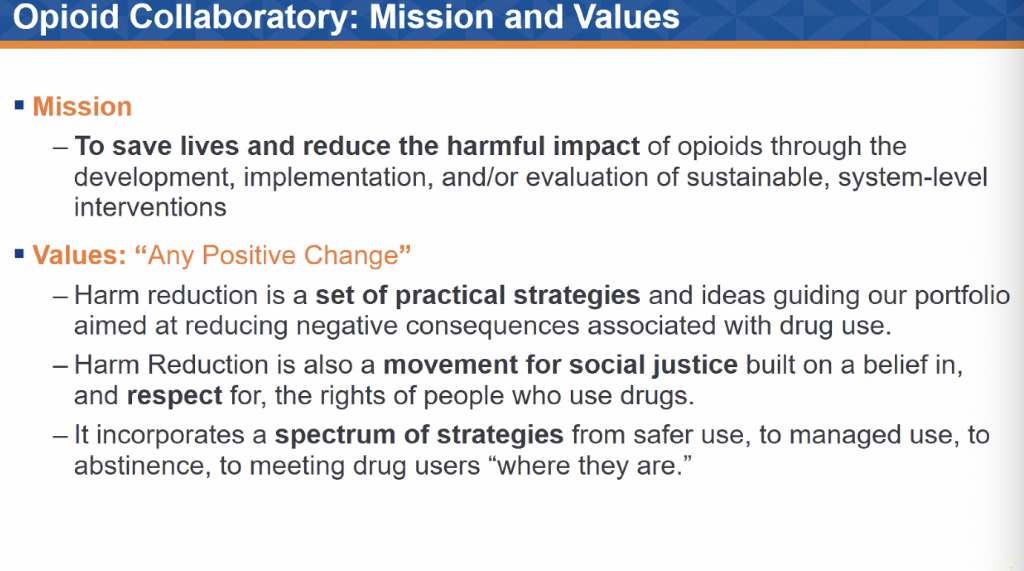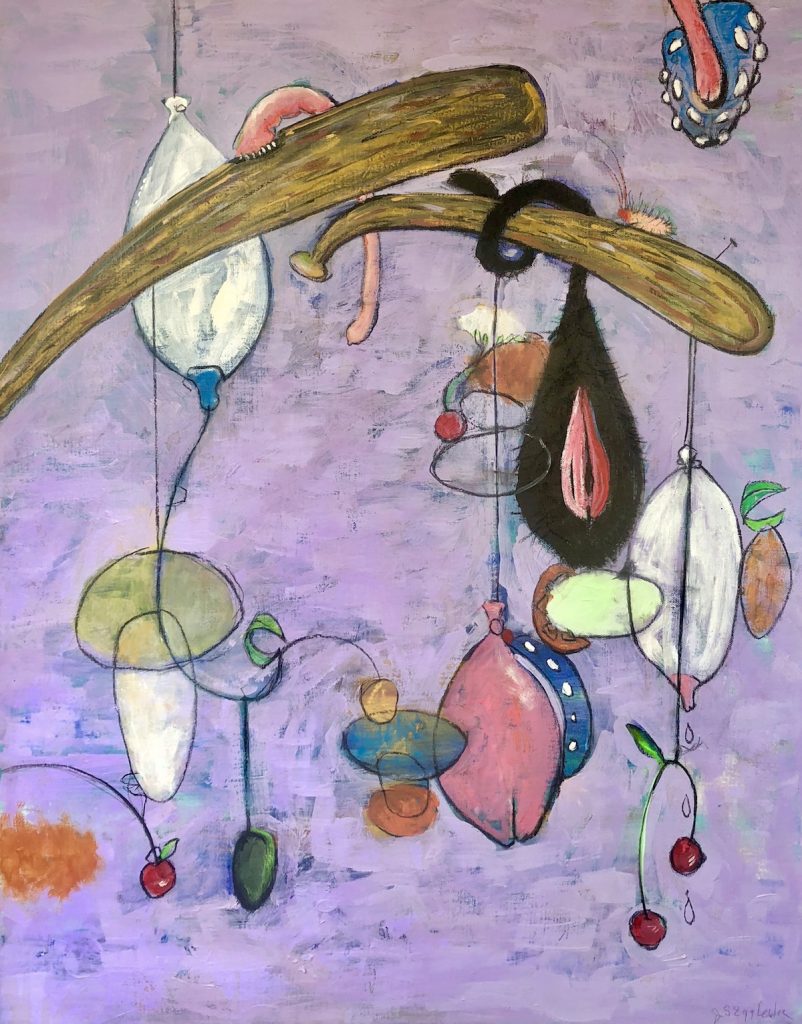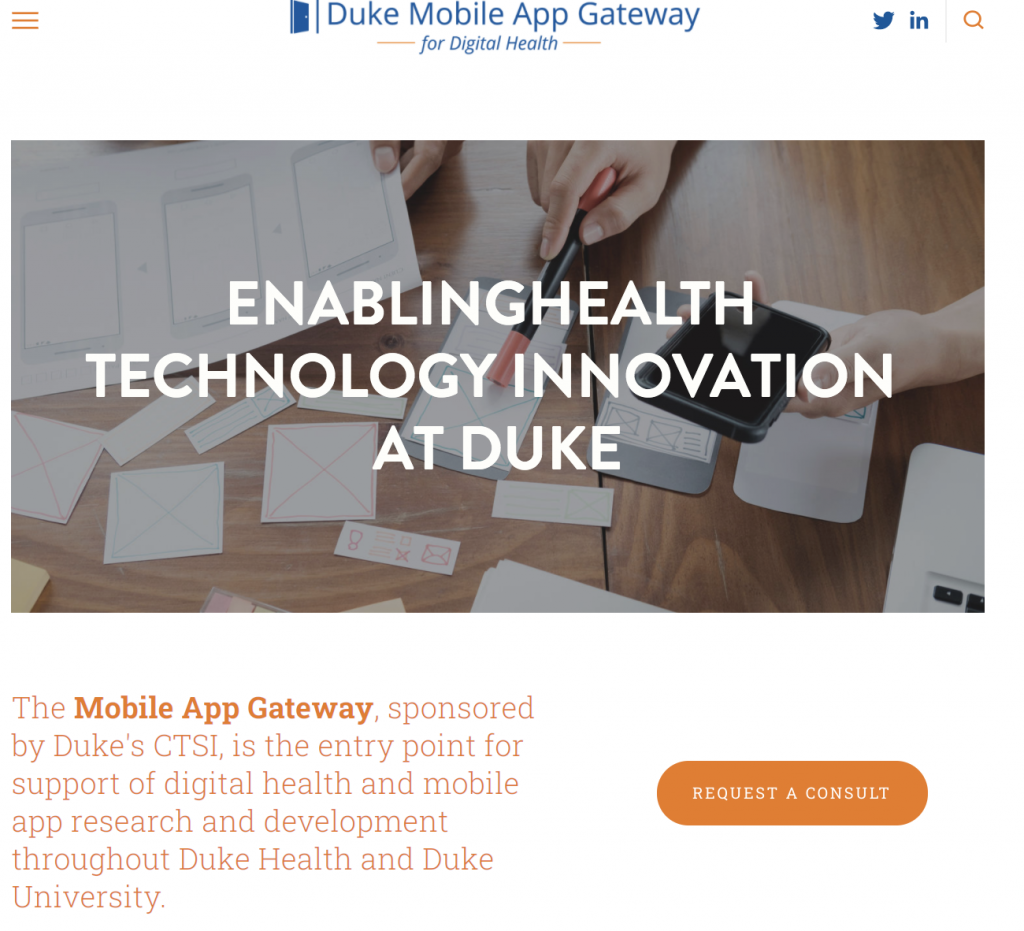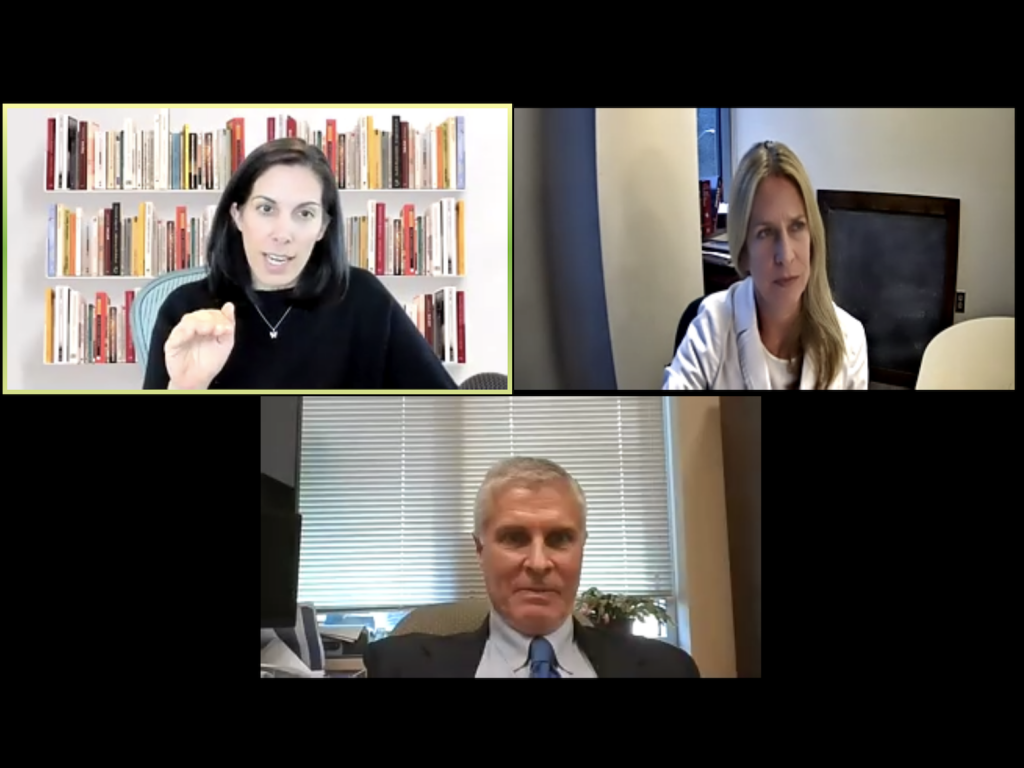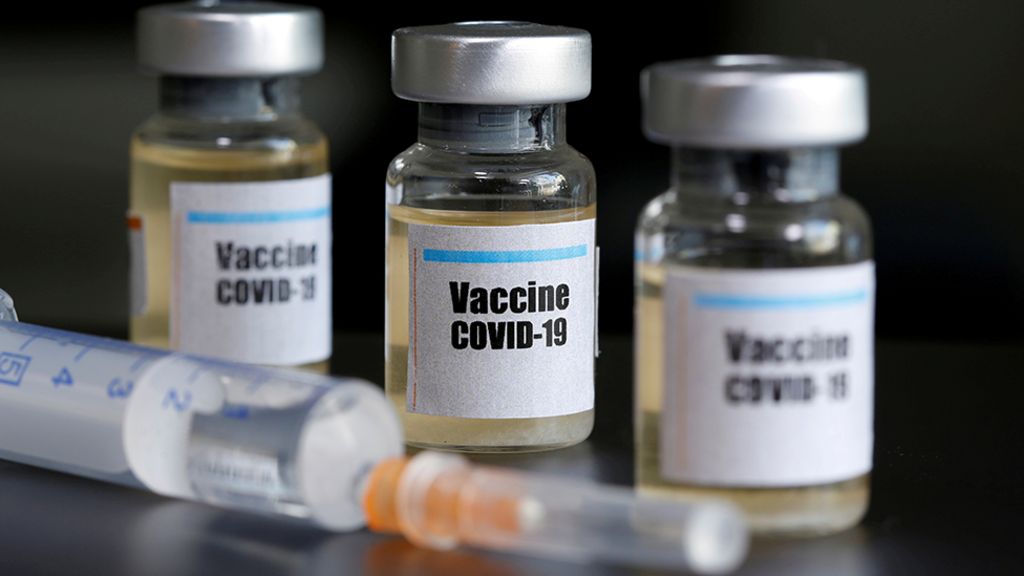What do you get when you mix double majors in Philosophy and Psychology with a certificate in Philosophy, Politics, and Economics? You get someone like Kelis Johnson, a junior from Lithonia, Georgia in suburban Atlanta, who works in not one research lab at Duke, but two.
Kelis is a member of The Marsh Lab studying learning and memory in Psychology and Neuroscience, and The Wilson Center for Science and Justice at Duke Law, using legal and scientific research to advance criminal justice reform.

“Managing two research assistant positions while working as an embedded writing consultant with the Thompson Writing Studio, on top of my academics, can definitely be a challenge,” Kelis says. But, she said, “The way that I have been able to manage these positions along with the rest of my busy schedule is cohesion: Although working in a lab provides a different context than the material from my classes, I think my lab work and classwork supplement one another in a profound way.”
After taking a class with Elizabeth Marsh, the lab’s Principal Investigator, Kelis found herself “interested in deepening [her] knowledge of and experience with memory research,” so she reached out to get involved in the summer of 2020. The lab has provided her a means to explore her interests in the “intersections between memory and personal identity, education and the law.”
Simultaneously, in the midst of the (first) Covid-19 summer, Kelis worked with the Microworlds Lab. She conducted historical research that profiled Black female activists. “I felt like my interests and passions began to converge on activism and bringing about change while also exploring empirical research,” she said, “This passion aligned with the work being done at the Wilson Center who use research to advance civil rights.” She joined her second lab in the fall of 2020.

In both positions, Kelis meets weekly with her fellow colleagues to discuss an overview of the labs work or the current research in the field. She finds this fulfilling, knowing that the work she and fellow research assistants have contributed to is providing “concrete advancements … in the labs and the world more broadly.” Kelis’ work consists mostly of coding or scoring data. This means reading study participants’ responses and using a codebook (like a grading rubric) to determine how each response compares to the standard established in the experimental protocol. Kelis also participates in literature reviews and stimuli creation, where she generates relevant material such as questions, statements, or images that will be used in experiments to test research questions.
This work has enabled Kelis to meet fellow undergraduates, along with graduate students and faculty mentors, who have similar interests to her own. She has learned more about grant writing, research ethics, and statistical tools. Along with providing her invaluable research experience, strengthening her passions for criminal justice reform, and reinforcing her plans to go to law school following graduation from Duke, through her work with the Wilson Center, Kelis has been able to learn more about Durham and North Carolina. This prompted her to think deeper about her role in the larger communities around her.

Kelis’ research is valuable outside of the lab. “Memory research is essential to how we learn, how we structure our life and personal identity, and how we form relationships with others,” Kelis said. She also stated that, “Learning about and reforming our criminal justice system is something we must all care about. In order to attack the systematic oppression of marginalized groups, we have to understand it.”
Unfortunately, due to Covid-19, Kelis has been unable to participate in person with either of her labs. This is something she is emphatically looking forward to. However, the virtual realm has enabled other forms of meaningful interactions and experiences through digital platforms. Kelis says she really appreciates “the events hosted by the [Wilson Center] Lab that often feature exonerated individuals who speak about their experience within the criminal justice system.”
Kelis’ contributions to projects from memory difference in older and younger adults to autobiographical memory are surely only the first steps in a planned lifetime of standing at the intersection between memory, identity, and the structures of our society.
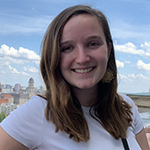
Post by Cydney Livingston








